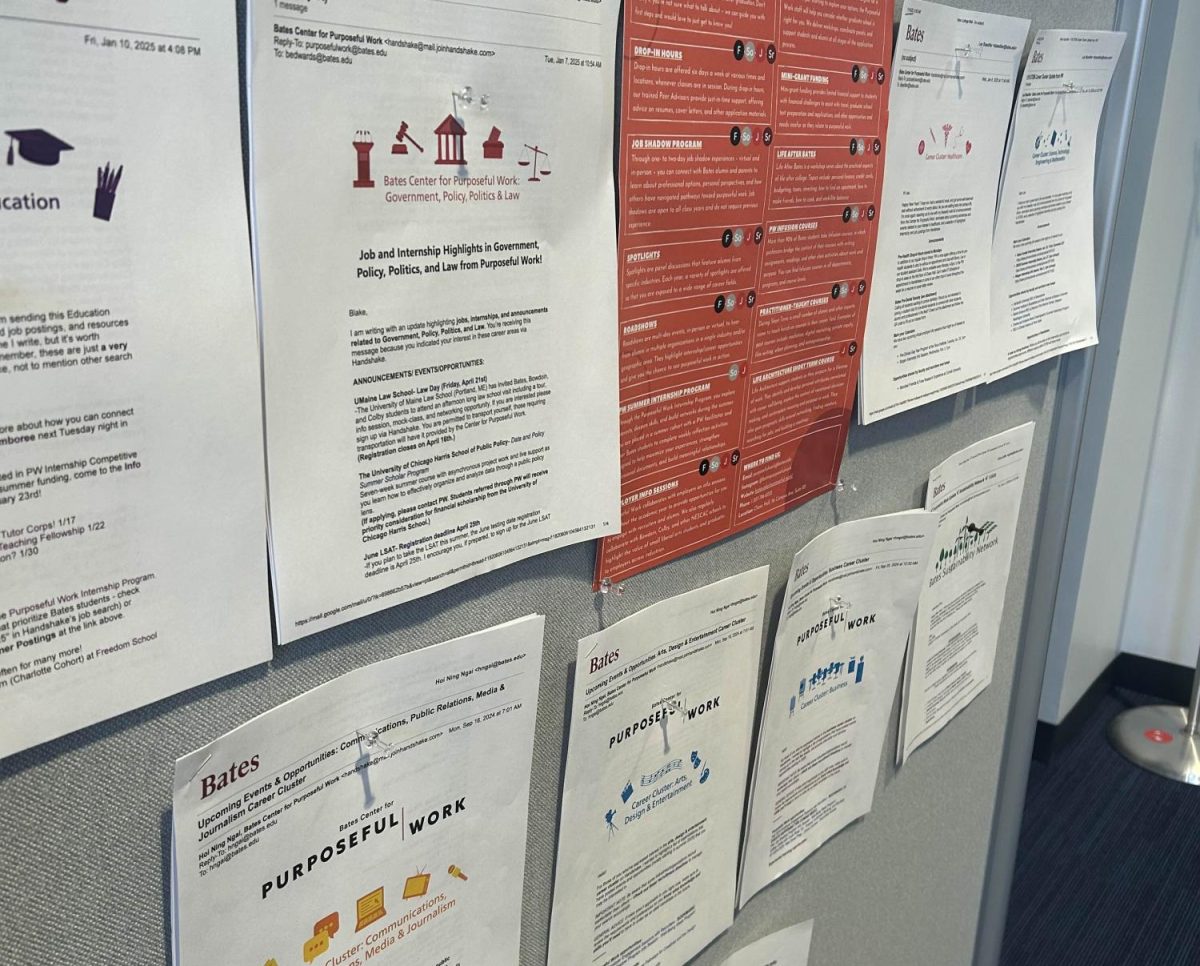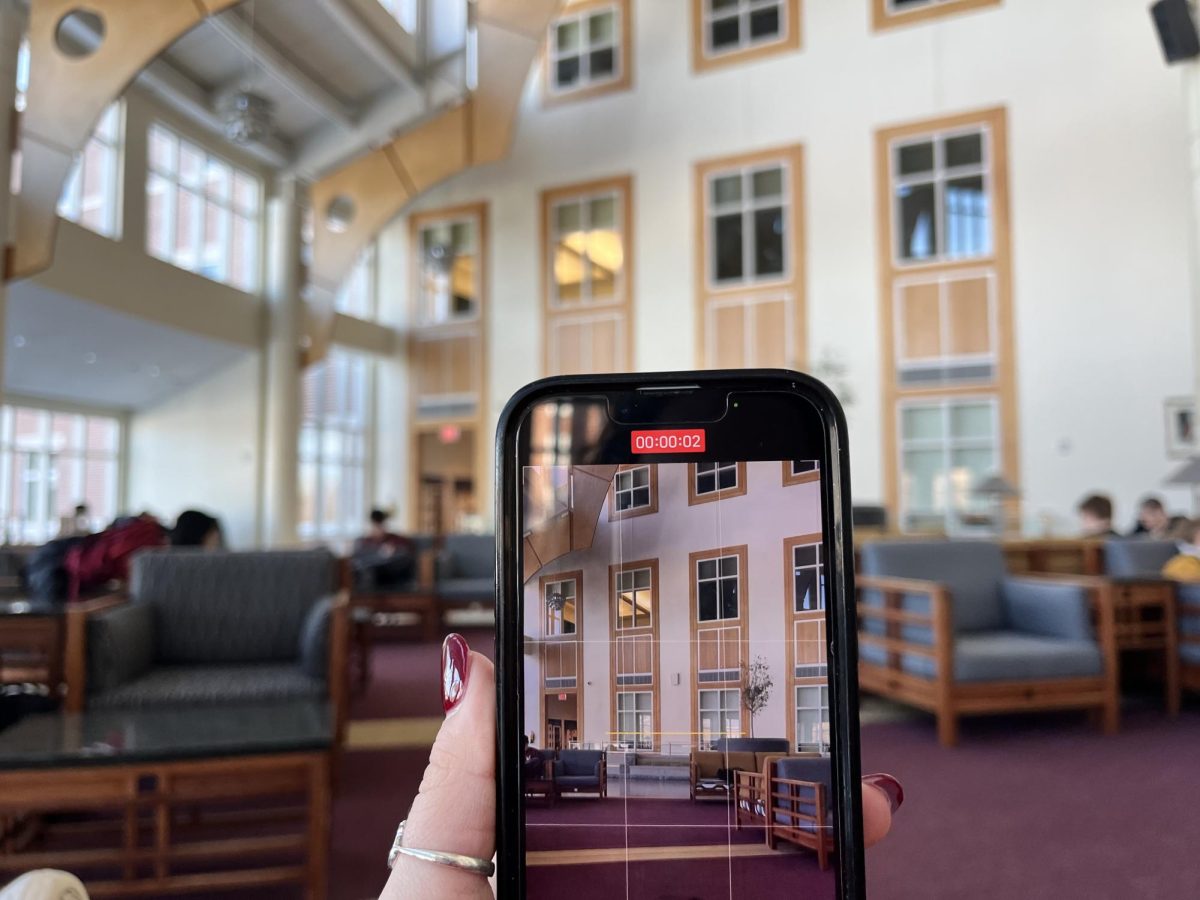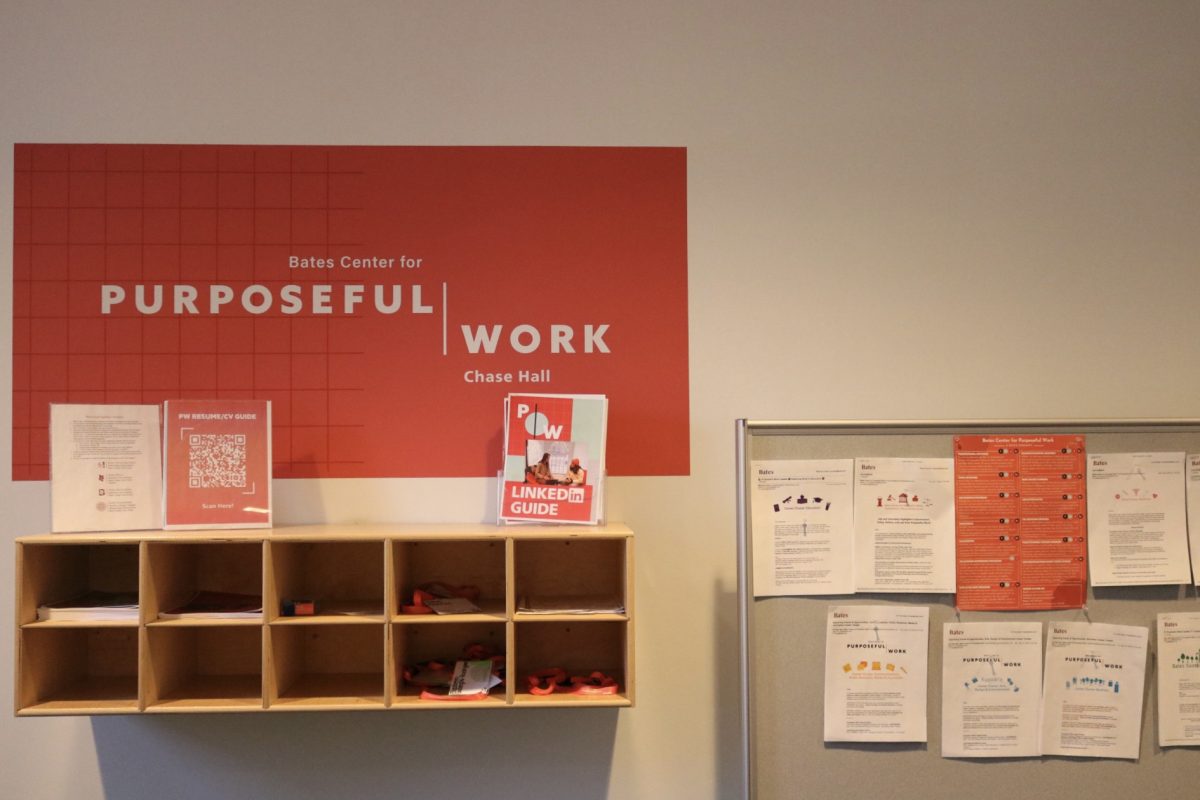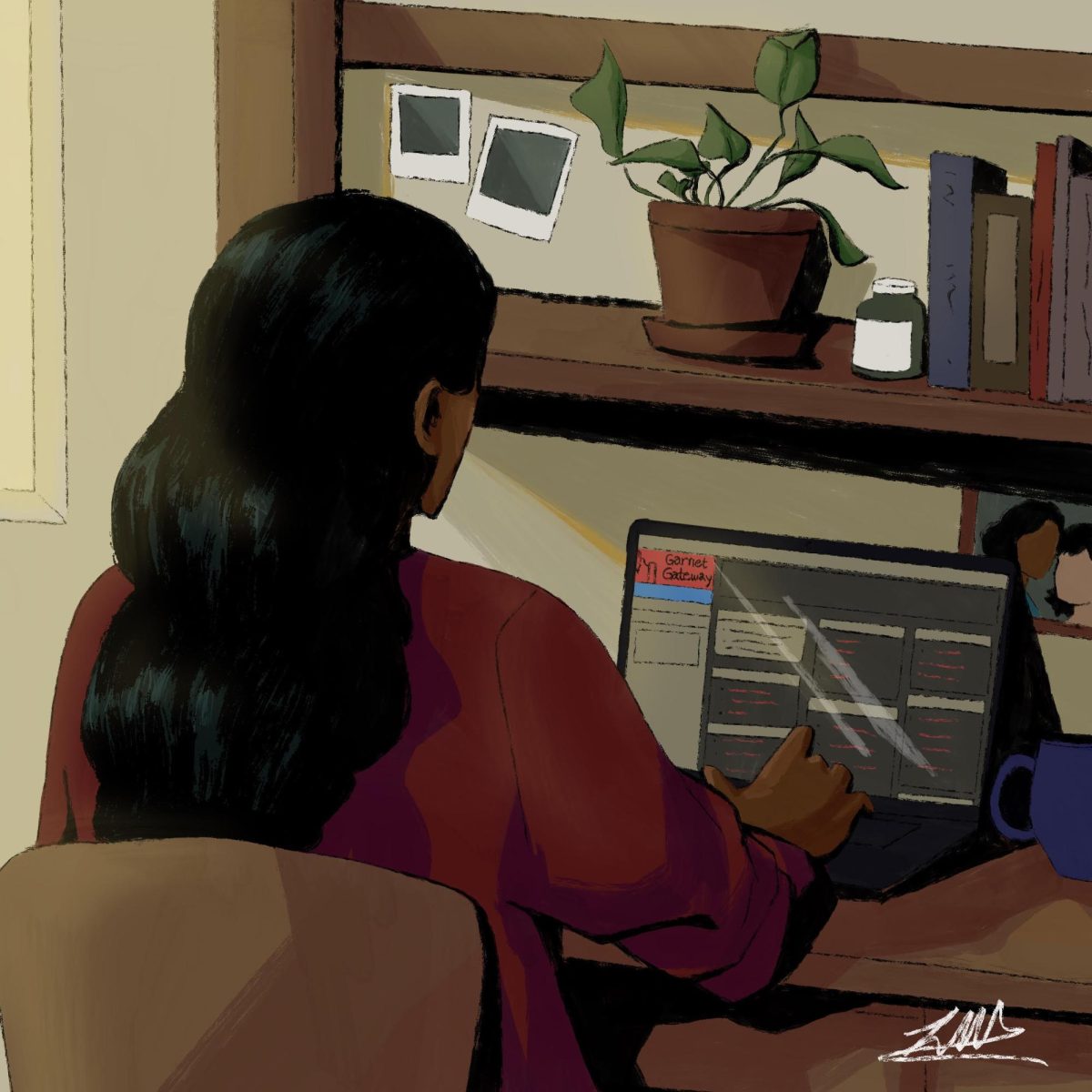Located on Frye Street and in the Ross House lies the unspoken treasure of Bates: Le Ronj. The Ronj, established in 1997, is a student-run coffeehouse dedicated to satisfying the caffeine needs of Bates’ students, faculty, and any wandering stranger. You can expect after you walk in, to be greeted by the Ronjistas (the student baristas), the warmth of the lights, and student artwork on the walls.
The Ronj serves coffee addicts, tea lovers, health nuts, and those with a sweet tooth alike. You can order anything from coffee to tea to smoothies to hot apple cider. But, it seems that every other person who walks in orders the chai. Chai, which is comprised of a mixed spices substance with milk frothed together and finished with cinnamon on top of the foam, is one of the most beloved beverages. This drink can give you more energy by adding a shot of espresso, however, besides all the hype for the tea, there is much backlash.
Aside from the growing popularity of the chai, there has been much criticism of the authenticity of the drink. Particular students who hail from where chai was originated in or rooted in their culture made remarks about it being “watered down” or “appropriated” by the majority of the white students. These students claim that the chai offered at any social, club, or Bates sponsored functions is “misrepresenting chai”.
Talking to a few of the students, the first thing they told me that frustrated them was the name. They claim whenever people refer to the drink, they say “chai tea” instead of “chai”––they explained that this is redundant since chai means tea in Hindi, so basically students are saying “tea tea”. Another issue with the chai dilemma was the actual way it is produced. Chai is made through a mixture of spices: cinnamon, ginger, cloves, cardamom, and pepper; but these spices vary from region to region. Chai sprung up in Southeast Asian cultures and spread to other various parts of the world like Africa, where it is most predominant in Somali culture. One student, in particular, mentioned that chai offered at Bates, through a liquid or powdered substance mixed with milk, has very little in common with traditional chai.
Numerous students have noted the way chai is popularized by Western culture and specifically on campus. One student remarked that “it’s not yours, it’s not authentic,” further explaining how students will Americanize and whitewash this tea. “It’s like the same thing with yoga, it originated in Northern India but this practice was taken and then Americanized–––they even do the namaste with their hands,” quoted by a first-year student. Students of color are annoyed by the way chai is cherished by the students at Bates; a first-year said that chai “is part of their lives” and does not appreciate the way it is appropriated. Questioning them further, I asked about how people should re-approach their perspective on chai. Their responses were not about making the students stop drinking chai but to use the correct term, know the chai served is not real chai, and to learn more about the rich history of chai that has seeped into American culture.







